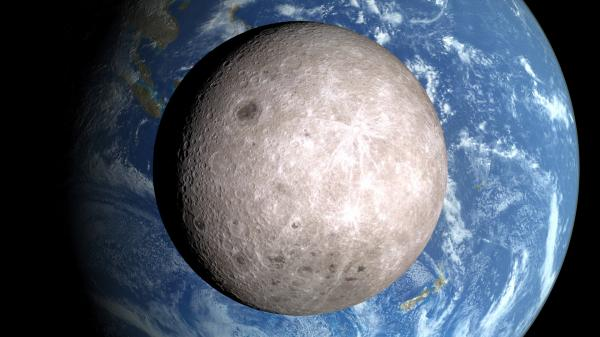Why Can't We See the Far Side of the Moon from Earth?
The Moon is Earth's only natural satellite and it orbits around our planet, showing us its near side constantly. However, the far side of the Moon, which is also known as the "dark side" of the Moon, is never visible from Earth. This may seem strange, considering that the Moon is relatively close to Earth and we have the ability to see other celestial objects that are much farther away. So, why can't we see the far side of the Moon from Earth?
There are several reasons why we are unable to see the far side of the Moon from our planet. The first reason is that the Moon is tidally locked to Earth, meaning that it takes the same amount of time to rotate around its own axis as it does to orbit around Earth. As a result, the same side of the Moon always faces Earth.
Another reason is that the Moon's orbit is slightly tilted with respect to Earth's orbit around the Sun. This means that the Moon's north and south poles are tilted with respect to Earth's equator. As a result, the far side of the Moon is tilted away from us and is not visible from Earth.
Additionally, the Moon's surface is rough and uneven, with mountains and valleys that can reach heights of up to 20,000 feet. This means that even if we could see the far side of the Moon, it would be difficult to make out any details due to the rugged terrain.
Despite these challenges, we have been able to learn a lot about the far side of the Moon thanks to a number of space missions that have been sent to explore it. In 1959, the Soviet Union's Luna 3 spacecraft was the first to capture images of the far side of the Moon. Since then, several other spacecraft, including NASA's Lunar Reconnaissance Orbiter, have provided us with detailed information about this mysterious side of our natural satellite.
In conclusion, we are unable to see the far side of the Moon from Earth because of the Moon's tidal lock, its tilted orbit, and the rough terrain of its surface. However, thanks to a number of space missions, we have been able to learn a lot about this fascinating part of our celestial neighbor.





